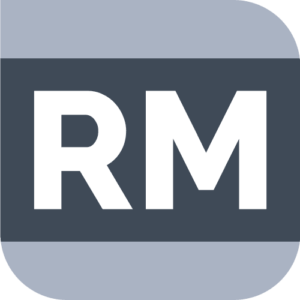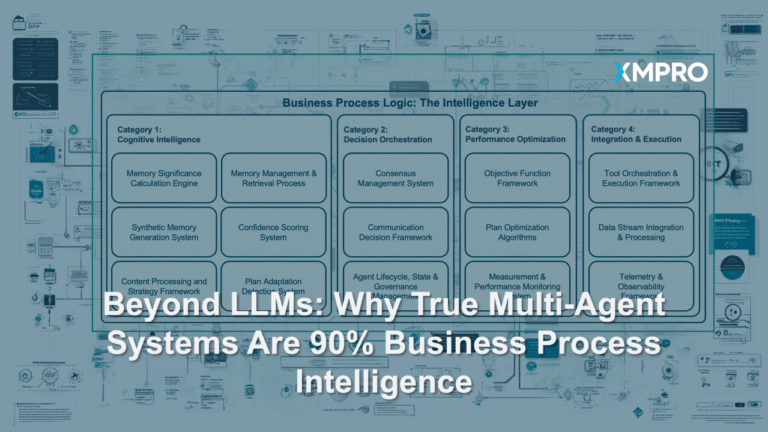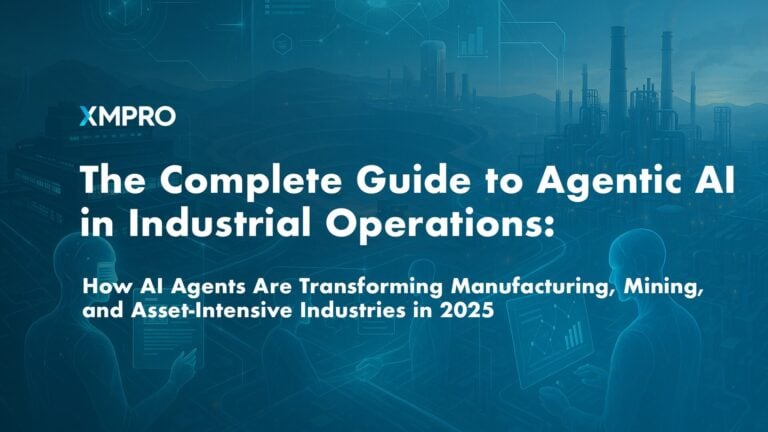
One of the truly great uses for any business operations tool set is the ability to generate predictive analytics, which enables businesses to identify potential events and opportunities, and either avoid or capitalize on them, as the case may be. Through the use of analytical tools, large amounts of data can be mined to identify the indicators of events and opportunities, and use that data to make predictions that benefit the business.
All of that sounds great, but the real value of these analytical tools can best be illustrated by describing the major use cases that exist in business today, and further describe those use cases in the context of their most applicable industries.
1. Churn Prevention
When a business loses customers, it needs to bring new customers in to replace the loss in revenue. And that can get very expensive, because the costs of new customer acquisition is usually much more expensive than existing customer retention. Predictive analytics help to prevent churn in your customer base, by identifying signs of dissatisfaction among your customers, and identify those customers or customer segments that are at the most risk for leaving. Using that information, companies can then make the necessary changes to keep those customers happy and protect their revenue.
Key Industries: Automotive, Banking, Insurance, Retail, Telecommunications
2. Customer Lifetime Value
One of the more difficult things to do in marketing is to identify those customers that are going to spend the most money, in the most consistent way and over the longest period of time. This kind of insight allows companies to optimize their marketing to increase their share of that segment of the business, and gain those customers that will have the greatest lifetime value to your company.
Key Industries: Banking, Insurance, Retail, Telecommunications, Utilities
3. Customer Segmentation
Different companies define their markets differently, and segment their markets according to those aspects that offer the most value to their particular industry, products and services. A good use of predictive analytics is to identify target markets based on real data and indicators, and further identify the segments of those markets that are most receptive to what your company offers. This same data can also help to identify segments and potentially even entire markets that you didn’t even realize existed.
Key Industries: Automotive, Banking, Life Sciences/Pharmaceutical, Insurance, Retail, Telecommunications, Utilities
4. Next Best Action
Defining your primary market segments and customers is a critical use case for predictive analytics. But that only provides an incomplete picture of what your marketing approach should be. Analytics can also provide insight on the best way to approach individual customers within those segments, by analyzing everything from buying patterns to consumer behavior to social media interactions, giving you insight into the best times and channels to connect to those customers.
Key Industries: Banking, Education, Insurance, Telecommunications
5. Predictive Maintenance
In many industries, containing costs is as valuable a strategy and increasing revenue. And for companies with a major investment in infrastructure and equipment, the ability to manage that capital outlay is critical. By analyzing metrics and data related to the lifecycle maintenance of technical equipment, companies can predict both timelines for probable maintenance events and upcoming capital expenditure requirements, allowing them to streamline their maintenance costs and avoid critical downtime.
Key Industries: Automotive, Manufacturing, Logistics & Transportation, Oil & Gas, Utilities
6. Product Propensity
Product propensity analytics combine data on purchasing activities and behavior with online behavior metrics from things like social media and e-commerce, and performs correlations of that data to provide insight into the effectiveness of different campaigns and social media channels when it comes to your company’s products and services. This allows your company to predict not only what customers are more likely to buy your products and services, but what channels are most likely to reach those customers, allowing you to maximize those channels that have the best chance of producing significant revenue.
Key Industries: Banking, Insurance, Retail
7. Quality Assurance
Quality control is key to not just the customer experience, but also to your bottom line and operational expenses as well. Over time, inefficient quality control will affect your customer satisfaction, buying behaviors, and ultimately impact revenues and market share. And the costs don’t stop there. Poorer quality control leads to more customer support costs, warranty issues and repairs, and less efficient manufacturing. Good predictive analytics, however, can provide insight into potential quality issues and trends before they become truly critical issues.
Key Industries: Automotive, Life Sciences/Pharmaceutical, Manufacturing, Logistics & Transportation, Oil & Gas, Utilities
8. Risk Modeling
Risk comes in a number of forms, and can originate from a variety of sources. Predictive analytics can glean potential areas of risk from the massive number of data points collected by most organizations, and sorting through them to identify potential areas of risk, and trends in the data that suggest the development of situations that can affect the business and bottom line. By combining these analytics with a cogent risk management approach, companies can capture and quantify risk issues, evaluate them, and decide on a course of action to mitigate those risk factors deemed most critical.
Key Industries: Automotive, Banking, Manufacturing, Logistics & Transportation, Oil & Gas, Utilities
9. Sentiment Analysis
It’s very difficult to be everywhere at all times, especially in the online world. Likewise, capturing and reviewing everything that’s said about your company or organization is virtually impossible. However, by combining web search and crawling tools with customer feedback and posts, you can create analytics that give you a picture of your organization’s reputation within your key markets and demographics, and provide you with proactive recommendations as to the best ways to enhance that reputation.
Key Industries: Life Sciences/Pharmaceutical, Education, Insurance, Retail, Telecommunications
10. Up- and Cross-Selling
Your customer base is the source of both existing revenue and revenue growth for your company. Because of this, it’s critical to maximize the revenue opportunities that are possible within your market segment and product set. Predictive analytics can provide suggestions on which products might be combined to appeal to which market segments, to increase both your value to your customers, and the revenue derived from your customers.
Key Industries: Banking, Insurance, Retail, Telecommunications
The Value of Predictive Analytics
Without intelligent business operations software, your data is only so valuable. But with the right operations management platform, you’re capable of managing all of the inputs, events, and data that provide real time insight into your enterprise. And with predictive analytics, you have the ability to move beyond simple reactive operations and into proactive and predictive activities that help you to plan for the future, and identify new areas of business.



















